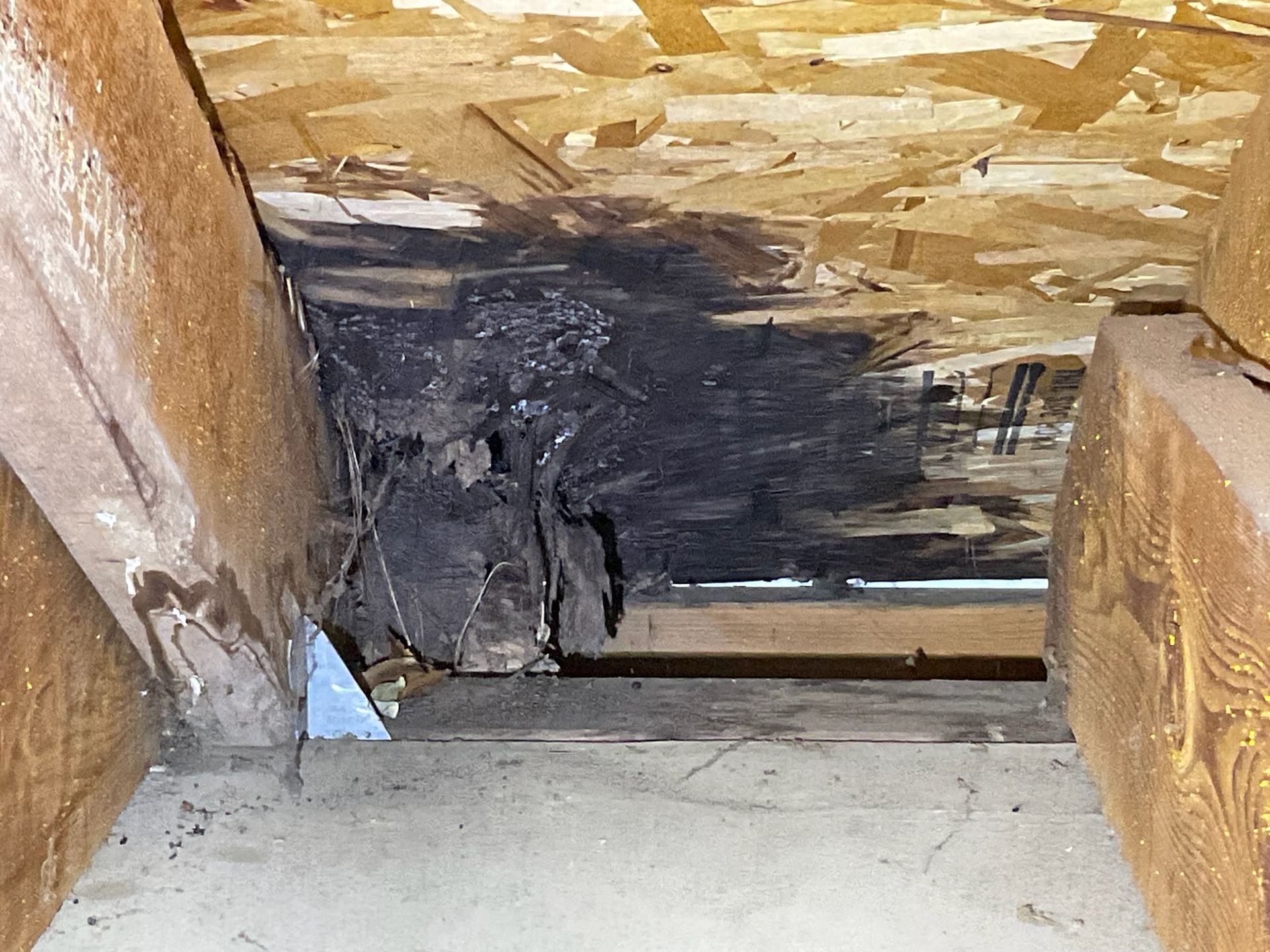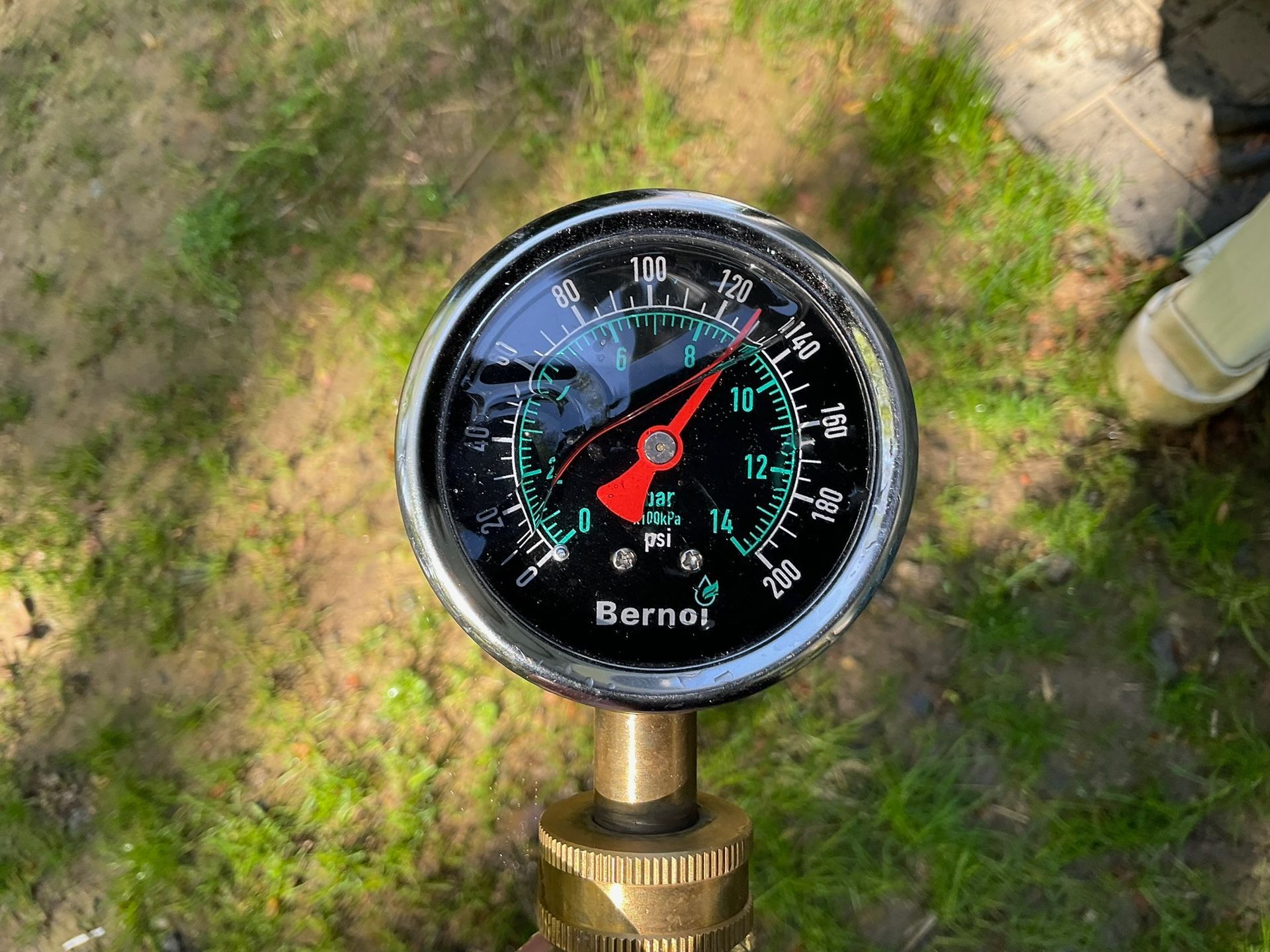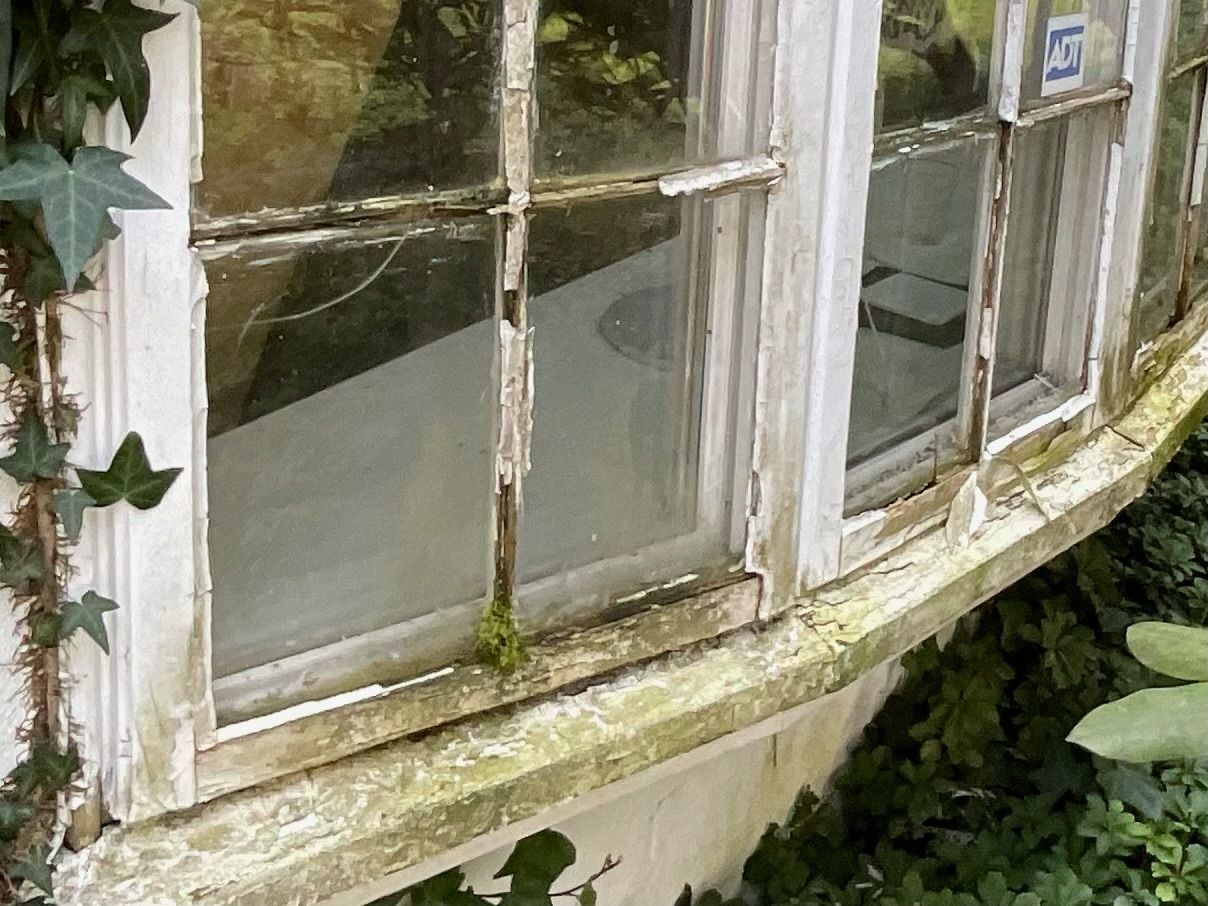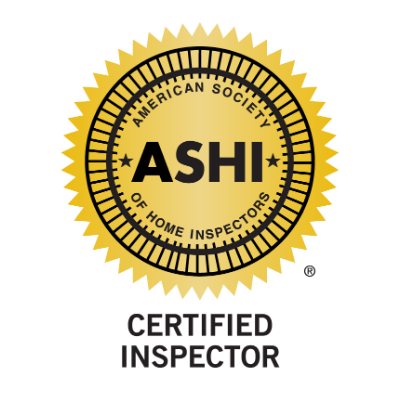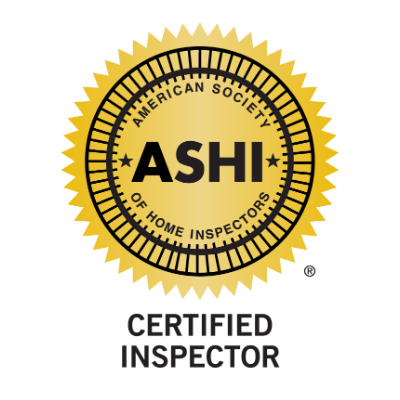Always Strip The Old Roof Before Installing A New One!
While adding a second layer of asphalt shingles to an existing roof can be a cost-effective and quicker solution compared to a complete tear-off and replacement, it comes with several disadvantages:
- Increased Weight: Adding a second layer of shingles adds extra weight to the roof structure. This can be problematic, especially for older homes or those not designed to handle the additional load, potentially leading to structural issues.
- Reduced Lifespan: The second layer of shingles tends to have a shorter lifespan than a single layer. Heat buildup between the layers can accelerate the aging process of the new shingles, leading to earlier degradation.
- Difficult Inspections and Repairs: Inspecting the roof for damage, leaks, or other issues becomes more challenging with two layers of shingles. Repairs can also be more complicated and costly, as it may be necessary to remove both layers to address underlying problems properly.
- Trapped Moisture: The second layer can trap moisture between the shingles and the original roof, leading to mold, rot, and other moisture-related issues. This trapped moisture can compromise the integrity of the roof deck over time.
- Aesthetic Issues: Adding a second layer can result in a less attractive roof appearance. The shingles may not lay as flat as a single layer, leading to a bumpy or uneven look.
- Limited Future Options: Once a second layer is added, future roof replacement becomes more complicated and expensive. Both layers will need to be removed during the next replacement, increasing labor and disposal costs.
Considering these disadvantages, it's crucial to weigh the short-term cost savings against the potential long-term issues and expenses.
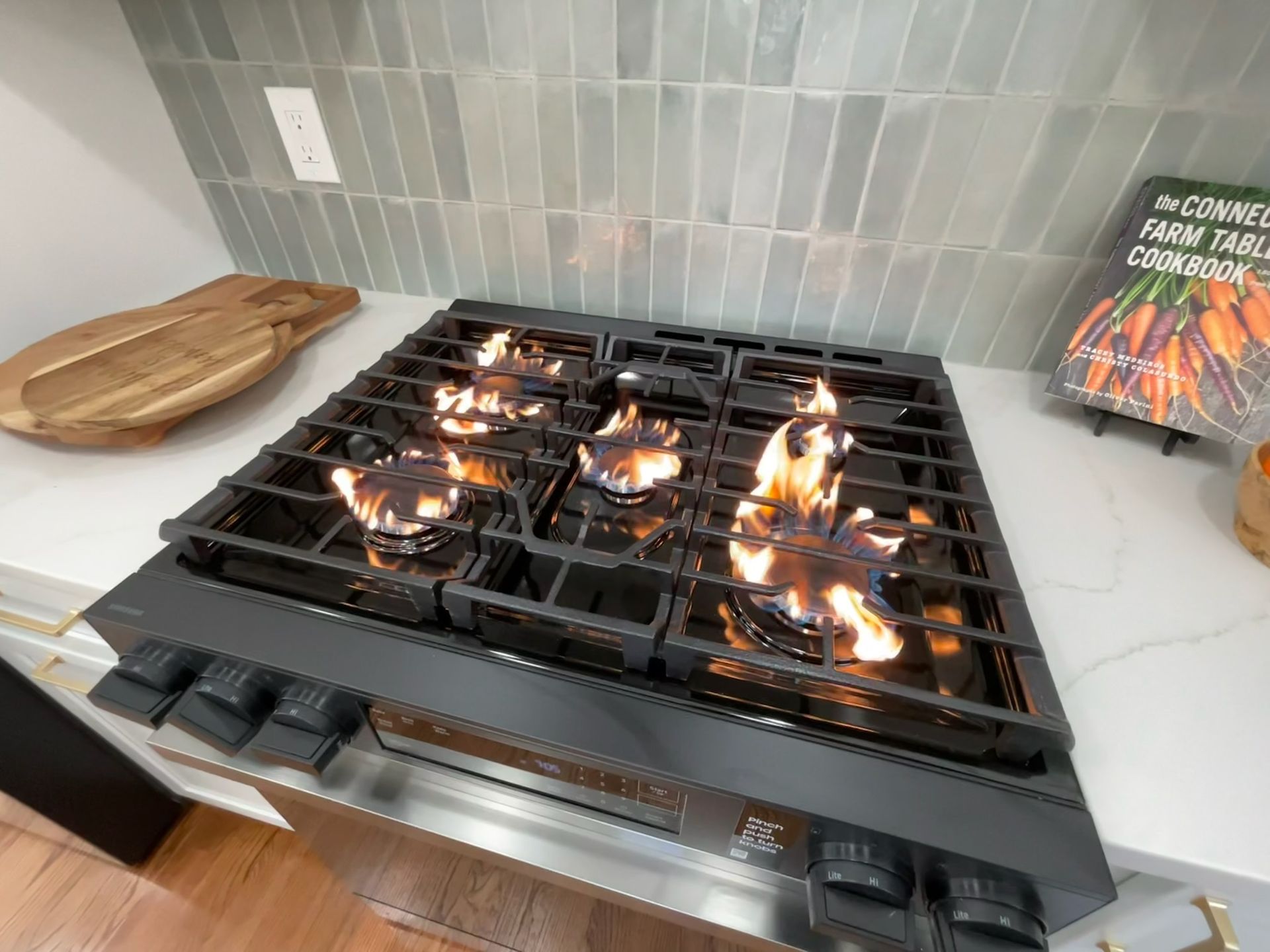
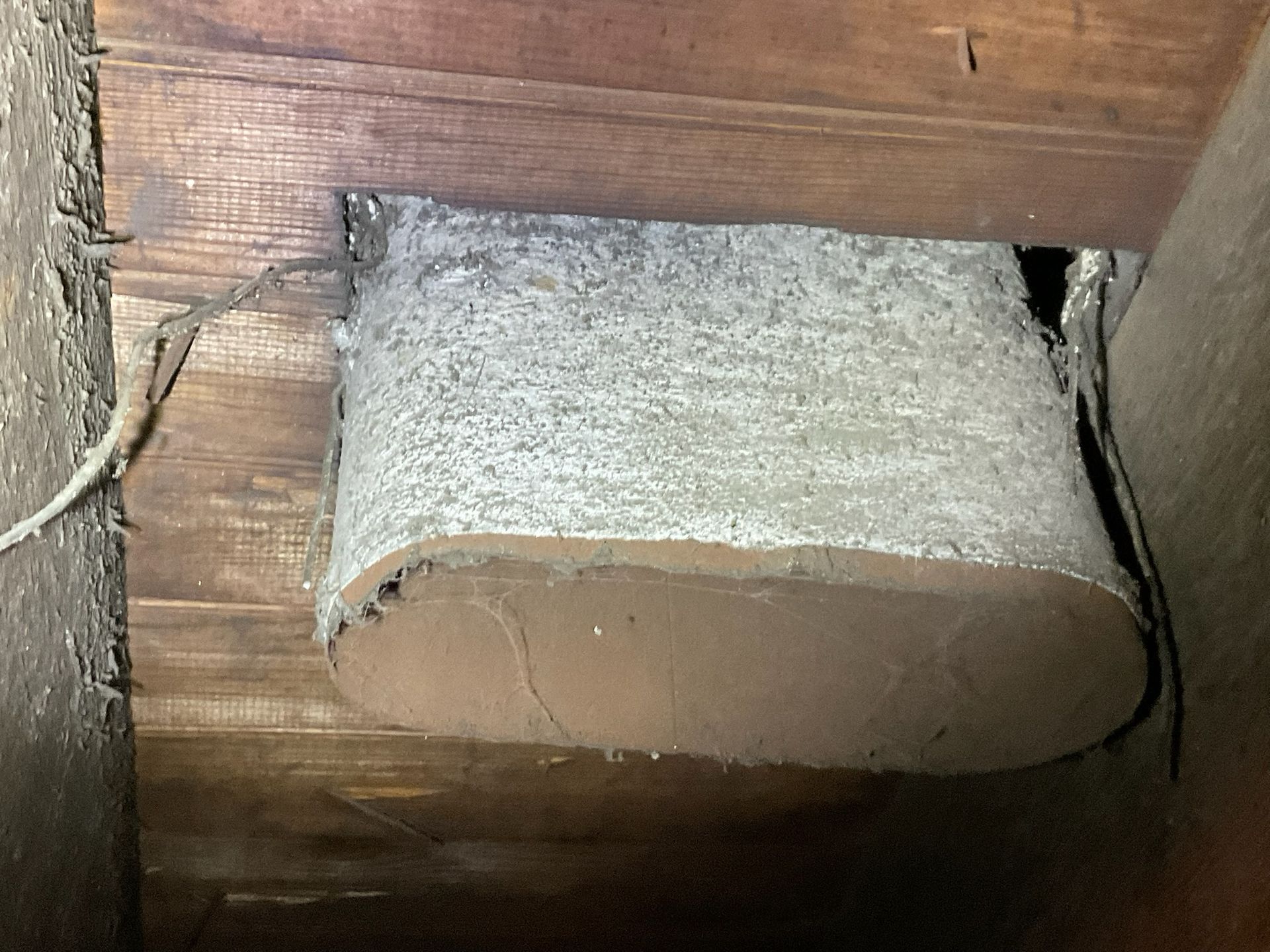
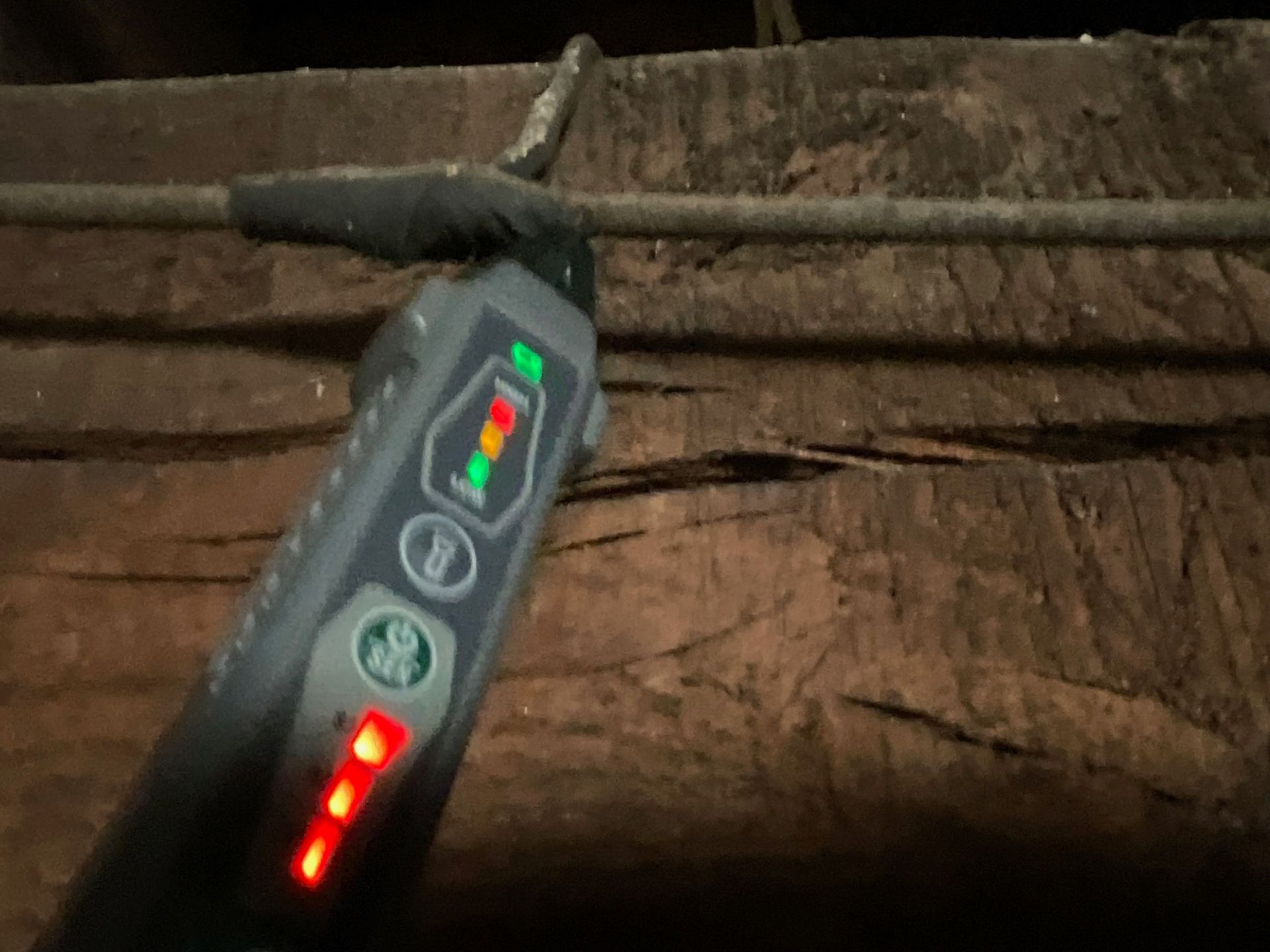
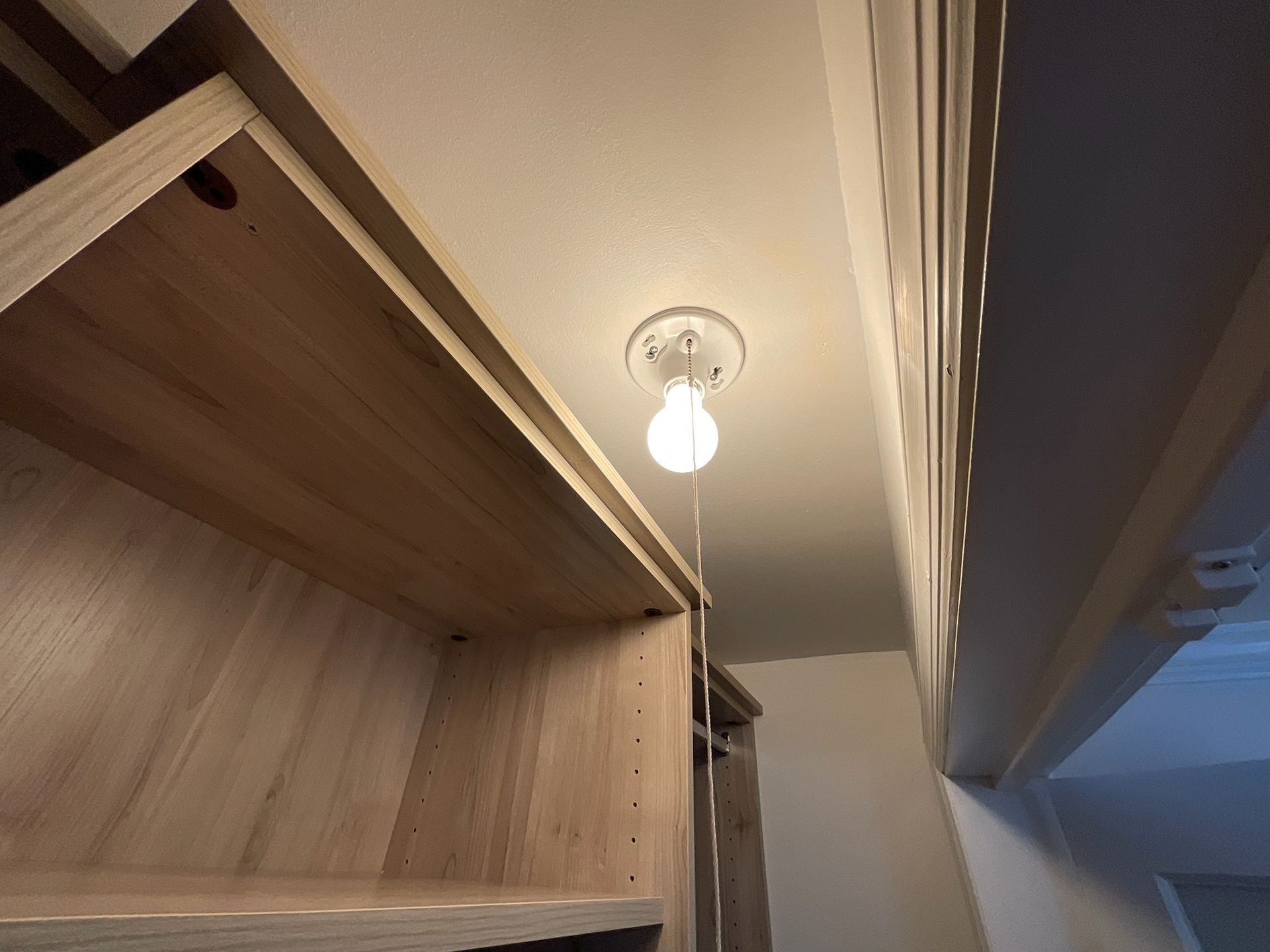
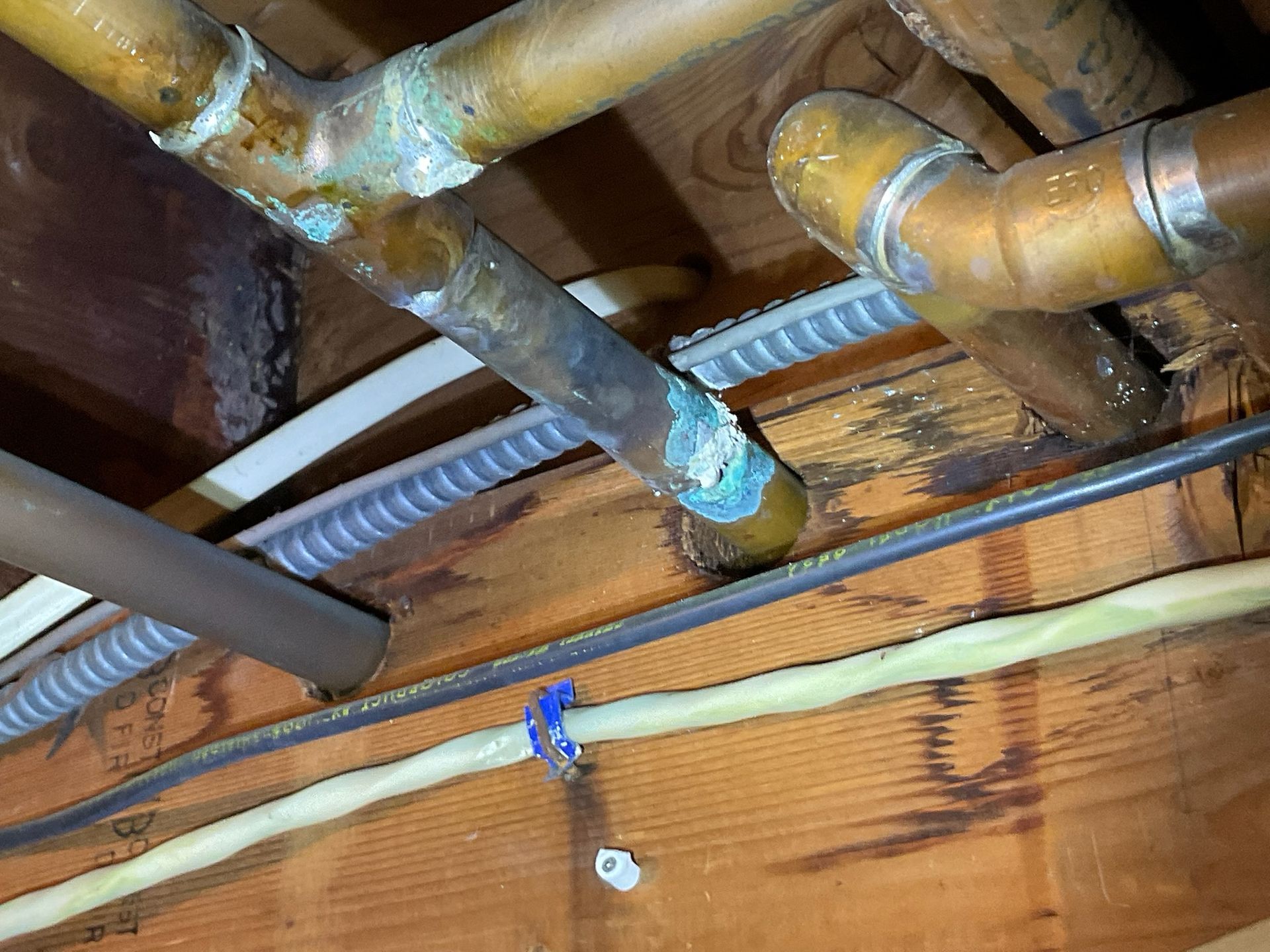
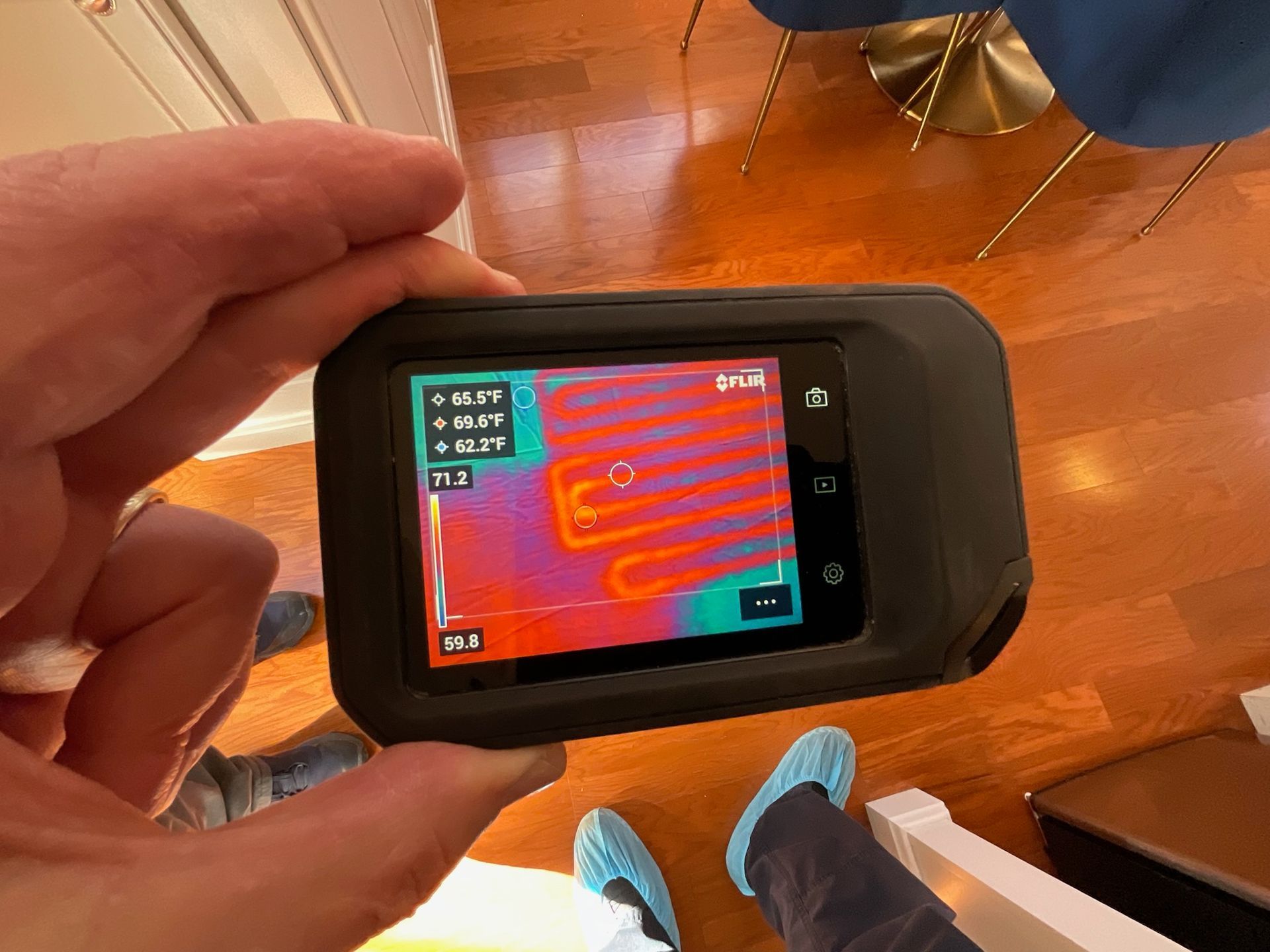
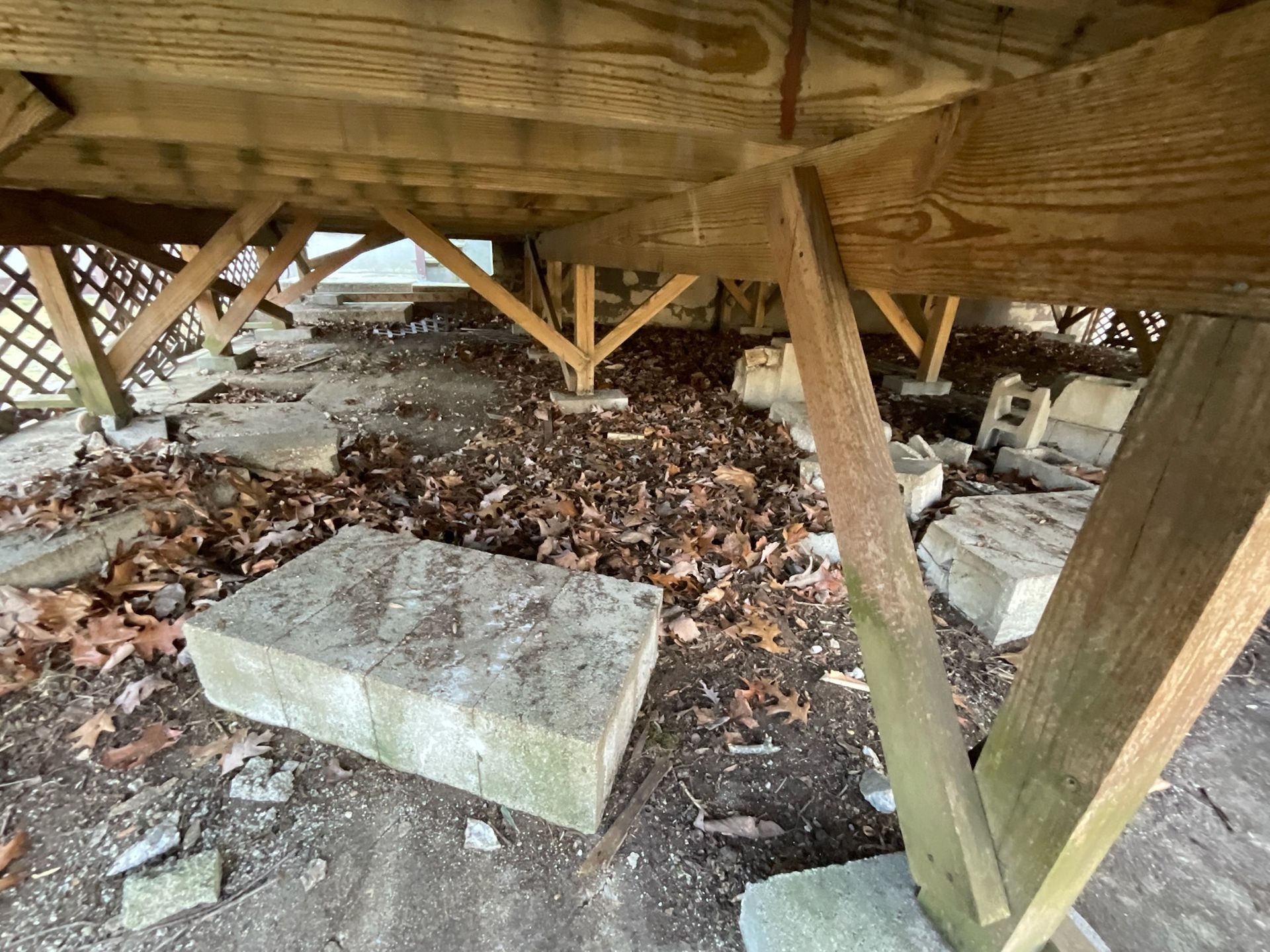
You think your deck can handle the weight of that that hot tub? Better speak with an engineer first!
